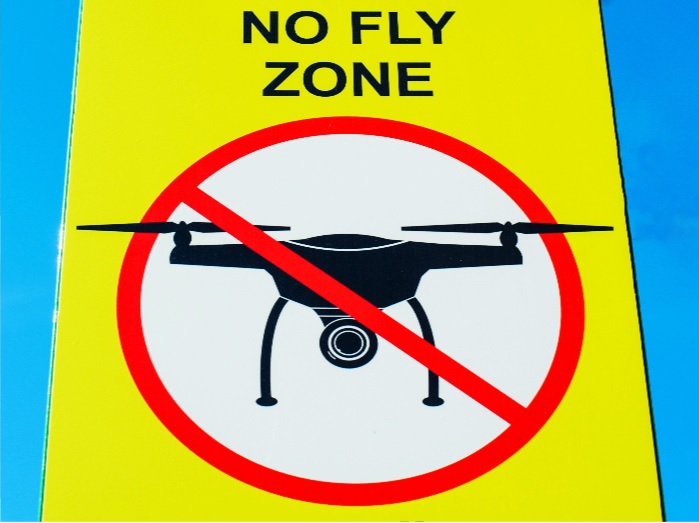In recent years, the proliferation of consumer drones has brought about a revolution in aerial photography, videography, and recreational flying. Among the leaders in the drone industry is DJI, a company known for its high-quality and innovative products. However, along with the freedom of flying drones comes a set of responsibilities, one of which is adhering to No-Fly Zones (NFZs).
Understanding No-Fly Zones
No-Fly Zones, or NFZs, are geographical areas where drone flights are either restricted or prohibited entirely. These zones are implemented to ensure safety, security, and privacy in sensitive locations such as airports, government facilities, and densely populated areas.
DJI, being a responsible and safety-conscious manufacturer, has integrated a system into its drones to prevent them from flying into these restricted areas. This system is known as DJI NFZ.
How DJI NFZ Works
The DJI NFZ system is primarily driven by a combination of GPS technology, geofencing software, and data received from global databases. When a DJI drone is powered on and connected to a GPS signal, it cross-references its location with the geofencing database maintained by DJI.
If the drone is in or near a restricted area, it will implement certain restrictions or prevent the drone from taking off altogether. The severity of the restrictions may vary depending on the specific NFZ and the drone model.
Types of No-Fly Zones
DJI categorizes No-Fly Zones into two main types:
- Restricted Zones: These are areas where drone flights are limited but not entirely prohibited. In Restricted Zones, the drone’s maximum altitude and distance may be limited. Pilots may need to unlock the drone’s flight capabilities by going through a verification process, which typically involves confirming their identity and agreeing to follow specific flight guidelines.
- Prohibited Zones: These are areas where drone flights are strictly prohibited. In Prohibited Zones, the drone will not be able to take off. This includes locations like major airports and sensitive government installations.
Importance of DJI NFZ
The implementation of DJI NFZ serves several crucial purposes:
- Safety: By preventing drones from flying into restricted areas, DJI helps reduce the risk of accidents, especially around critical infrastructure like airports.
- Compliance with Regulations: It ensures that drone operators comply with local and national aviation regulations, which may have specific restrictions on where drones can fly.
- Privacy and Security: NFZs safeguard sensitive locations and ensure privacy for individuals and properties.
- Professional Integrity: It encourages responsible drone operation and helps maintain a positive image of the drone community.
Responsible Drone Operation
While DJI NFZ provides an important safety net, it’s essential for drone operators to exercise good judgment and stay informed about local regulations. This includes checking for temporary flight restrictions (TFRs) that may arise due to special events, emergencies, or other factors.
In conclusion, DJI No-Fly Zones are a critical component of responsible drone operation. They contribute to the safety, security, and privacy of both drone operators and the general public. Adhering to these restrictions not only ensures compliance with the law but also helps foster a positive environment for the continued growth and innovation of drone technology.

